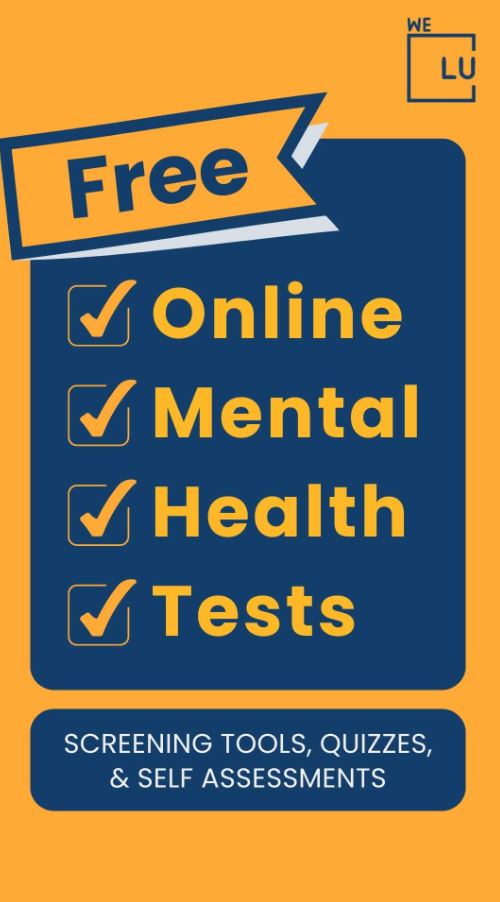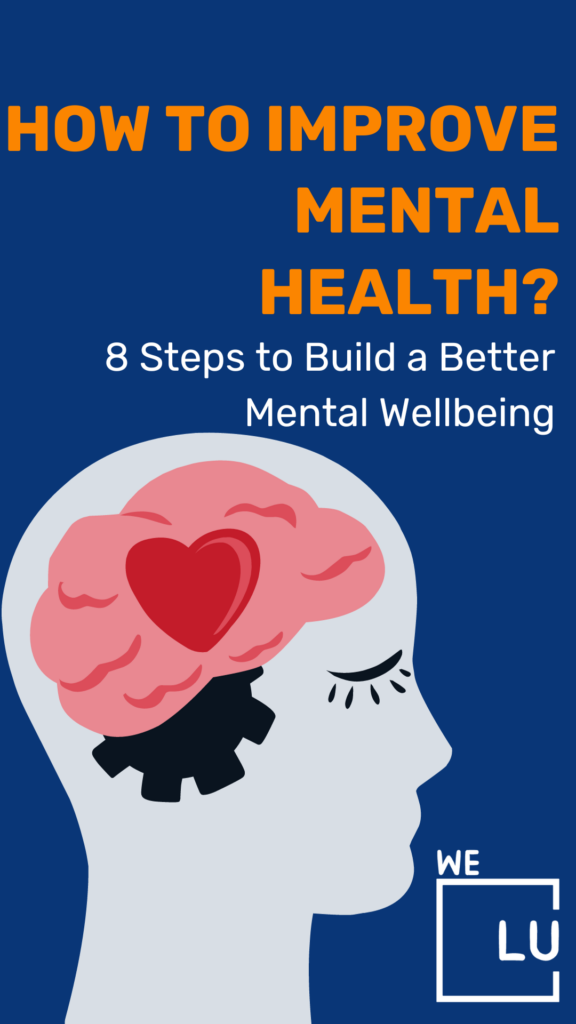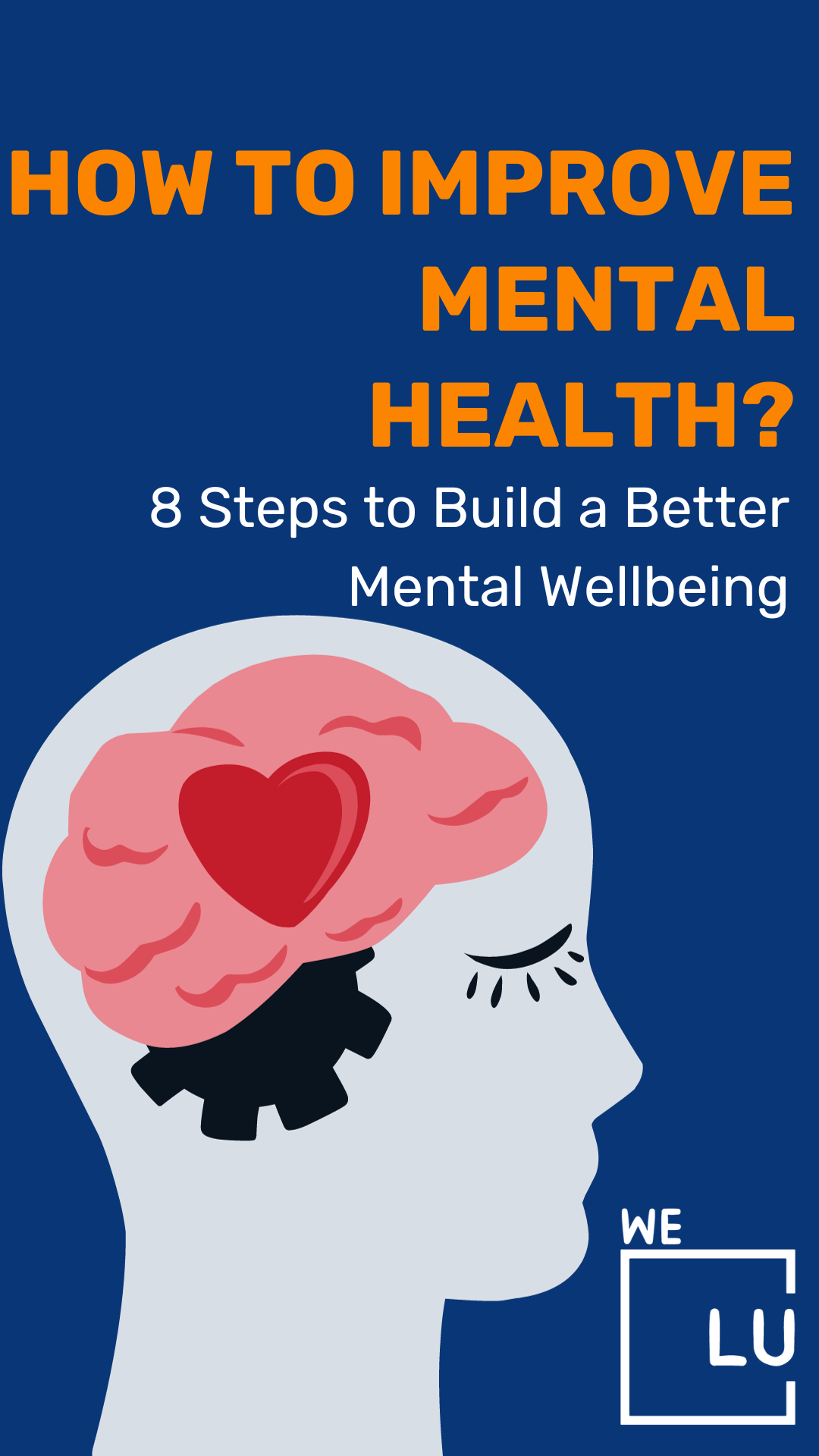SAD PERSONS Scale
Please take the following quiz to assess if you are experiencing signs and symptoms of being suicidal. Ensure you answer the questions honestly and thoroughly, reflecting your current emotional state rather than how you aspire to feel. It is important to remember that seeking help is always an option, regardless of the time that has passed. Let’s begin with the “SAD PERSONS Scale” from We Level Up’s treatment center network.
Suicide involves deliberately causing one’s death. Suicidal feelings may manifest as abstract contemplations of ending one’s life or the belief that others would be better off without them. Alternatively, these feelings could involve specific thoughts about suicide methods or the formulation of explicit plans to take one’s own life. Some common behavioral symptoms of suicidal thoughts include:
- Loss of appetite.
- The desire to isolate from others.
- Having a hard time expressing yourself.
Please complete the free SAD PERSONS Scale to gain insights into your circumstances. This concise SAD PERSONS Scale aims to identify behavioral patterns that may indicate a tendency toward having a mental health disorder.
While it can provide valuable information, it is essential to note that it is not intended as a comprehensive diagnosis or for diagnosing a specific type of mental health disorder. Depending on your responses, you may receive a potential indication of mental health disorder. If so, we are here and prepared to offer assistance. However, consulting with a healthcare professional for a clinical diagnosis is crucial. Please feel free to contact us 24/7 with any questions, and rest assured that no obligations are involved.
Take Our Free SAD PERSONS Scale
Take Our SAD PERSON SCALE Online Confidential Results
The SAD PERSONS scale is a mnemonic and scoring system used by healthcare professionals to assess the risk of suicide in individuals. Each letter in the word "SAD PERSONS" represents a factor that is considered during the assessment. The scale is not a diagnostic tool but serves as a guide for clinicians to evaluate specific risk factors associated with suicidal ideation.
*By taking this free quiz, you may obtain your results online and in your email box. You’ll have the opportunity to opt-in to learn more about your symptoms, talk to a mental health consultant and join our newsletter. Rest assured your information is private and confidential. Results, consultations and assessment are provided without any cost to you and without any obligation. If you do not wish to provide your contact information, you may omit it during your quiz. Thank you for opting in and participating. To you best of health.
What Is The SAD PERSONS Scale?

The SAD PERSONS Scale is a tool used to assess the risk of suicide in adults. It consists of ten criteria that are considered potential risk factors. The acronym “SAD PERSONS” represents these criteria, and they are used to guide mental health professionals in evaluating and addressing suicide risk in individuals. The scale helps in identifying and prioritizing factors that may contribute to an individual’s vulnerability to suicidal thoughts or behaviors. It is important to note that while the SAD PERSONS Scale is a valuable tool, it is not a definitive predictor of suicide risk, and its use should be part of a comprehensive assessment by qualified healthcare professionals.
The SAD PERSONS Scale, an acronym encapsulating the critical risk factors for suicide, serves as a valuable tool in the realm of mental health assessment for adults. Developed to guide mental health professionals, this scale comprises ten criteria, each contributing insights into an individual’s potential susceptibility to suicidal thoughts or behaviors.
The criteria encompassed by the SAD PERSONS acronym include Sex (gender), Age, Depression, Previous suicide attempts, Ethanol use, Rational thinking loss (impairment), Social supports, Organized plan or serious attempt, No spouse (lack of significant other), and Sickness (physical illness).
By systematically evaluating these factors, mental health professionals can better understand an individual’s risk profile. It is crucial to emphasize that while the SAD PERSONS Scale offers valuable insights, it is not a standalone predictive tool. Instead, qualified healthcare professionals should integrate it into a broader assessment.
The scale’s systematic approach aids in the identification and prioritization of risk factors, facilitating targeted interventions and support strategies. Notably, the SAD PERSONS Scale underscores the need for a nuanced and individualized approach to suicide risk assessment, recognizing the multifaceted nature of mental health and the importance of tailored interventions to address each person’s unique circumstances.
SAD PERSONS Scale Scoring
The SAD PERSONS Scale is a clinical tool used to assess suicide risk in individuals. The scoring system involves assigning points based on specific criteria, and the total score guides the level of intervention or response. Here’s a general overview of the scoring system for the SAD PERSONS Scale:
- Sex (Gender):
- Male: 1 point
- Female: 0 points
- Age:
- Less than 19 or greater than 45 years old: 1 point
- 20 to 44 years old: 0 points
- Depression:
- Present: 2 points
- Absent: 0 points
- Previous Suicide Attempts:
- Yes: 1 point
- No: 0 points
- Ethanol (Alcohol) Use:
- Yes: 1 point
- No: 0 points
- Rational Thinking Loss (Impairment):
- Present: 2 points
- Absent: 0 points
- Social Supports Lacking:
- Yes: 1 point
- No: 0 points
- Organized Plan or Serious Attempt:
- Yes: 2 points
- No: 0 points
- No Spouse (Lack of Significant Other):
- Yes: 1 point
- No: 0 points
- Sickness (Physical Illness):
- Present: 1 point
- Absent: 0 points
Add up the points for each criterion to obtain the total score. The higher the total score, the greater the perceived risk of suicide. The scale typically suggests different levels of intervention or response based on the total score, ranging from outpatient management to immediate hospitalization or psychiatric consultation.
It’s important to note that the SAD PERSONS Scale is a tool for healthcare professionals and should be interpreted and applied in the context of a comprehensive clinical assessment. Always seek guidance from qualified mental health professionals for appropriate intervention and support.
Get Help. Get Better. Get Your Life Back.
Searching for Accredited Drug and Alcohol Rehab Centers Near You?
Even if you have failed previously and relapsed, or are in the middle of a difficult crisis, we stand ready to support you. Our trusted behavioral health specialists will not give up on you. When you feel ready or just want someone to speak to about therapy alternatives to change your life call us. Even if we cannot assist you, we will lead you to wherever you can get support. There is no obligation. Call our hotline today.
(844) 597-1011How To Prevent Suicidal Thoughts
If you or someone you know is experiencing suicidal thoughts, it’s essential to seek help promptly. Suicide prevention is a complex and multifaceted process that often involves professional assistance and support from friends and family. Here are some general strategies for preventing suicidal thoughts:
- Seek Professional Help:
- Therapy and Counseling: Reach out to a mental health professional, such as a psychologist, psychiatrist, or counselor. Therapies like Cognitive-Behavioral Therapy (CBT) have been proven effective in treating suicidal ideation.
- Medication: In some cases, medication may be prescribed to manage underlying mental health conditions contributing to suicidal thoughts.
- Crisis Hotlines:
- Contact a suicide prevention hotline in your country. In the United States, the National Suicide Prevention Lifeline can be reached at 1-800-273-TALK (1-800-273-8255). Many countries have similar services.
- Involve Supportive Networks:
- Family and Friends: Share your feelings with trusted friends or family members. Sometimes, having a supportive network can make a significant difference.
- Peer Support Groups: Connecting with individuals who have experienced similar struggles can provide a sense of understanding and community.
- Educate Yourself:
- Learn about mental health conditions and suicide. Understanding the underlying factors can contribute to increased empathy and practical support.
- Address Substance Abuse:
- If substance abuse is a concern, seek help for addiction. Substance abuse can exacerbate mental health issues and increase the risk of suicidal thoughts.
- Create a Safety Plan:
- Develop a safety plan with the help of a mental health professional. This plan can include coping strategies, contact information for support, and steps to take during a crisis.
- Encourage Professional Assessment:
- If you are concerned about someone’s well-being, encourage them to seek professional assessment and treatment. Offer to assist in finding a mental health professional or accompanying them to appointments.
- Remove Means of Self-Harm:
- If possible, reduce access to items that could be used for self-harm. This might include securing medications or firearms.
- Encourage Healthy Habits:
- Promote a healthy lifestyle with regular exercise, proper nutrition, and sufficient sleep. Physical well-being can have a positive impact on mental health.
- Stay Connected:
- Regularly check in with friends and family members, especially if they have a history of mental health struggles. Isolation can contribute to feelings of despair.
- Encourage Self-Care:
- Emphasize the importance of self-care activities, such as engaging in hobbies, taking breaks, and practicing relaxation techniques. Establishing a routine prioritizing mental and emotional well-being can contribute to overall resilience.
- Promote Open Communication:
- Foster an environment where open and honest communication about emotions and struggles is encouraged. Removing the stigma around discussing mental health can make it easier for individuals to reach out for support.
- Raise Awareness:
- Participate in or support initiatives that raise awareness about mental health and suicide prevention. Education and awareness campaigns can help reduce stigma and encourage early intervention.
- Encourage Problem-Solving:
- Assist individuals in identifying specific challenges contributing to their distress and collaboratively develop problem-solving strategies. Breaking down overwhelming problems into manageable steps can be empowering.
- Teach Coping Skills:
- Work with mental health professionals to learn and practice coping skills. This may include mindfulness, deep breathing exercises, or other techniques that can help manage stress and negative thoughts.
- Create a Supportive Environment:
- Foster a supportive and non-judgmental environment where individuals feel comfortable expressing their feelings without fear of rejection or criticism. Knowing there is a safe space to share thoughts can be crucial.
- Monitor Risk Factors:
- Be aware of potential risk factors for suicide, such as previous suicide attempts, a family history of suicide, substance abuse, or mental health disorders. Regular monitoring, especially during challenging times, can aid in early intervention.
Remember that addressing suicidal thoughts often requires professional intervention. If you or someone you know is in immediate danger or experiencing a crisis, please call emergency services or a local crisis hotline. Suicide prevention is a shared responsibility, and everyone can play a role in supporting those who are struggling.
Skip To:
Learn More:
- The Columbia Suicide Severity Rating Scale (C-SSRS)
- World Suicide Prevention Day
- Free Online Am I Being Gaslighted Quiz & Self-Assessment
- Do I Have Postpartum Depression Quiz, Screening For PPD
- Free Online Drug And Alcohol Tests, Quizzes, & Assessments
- Free Online Imposter Syndrome Test, Get Quick Results
- Free Hamilton Anxiety Scale Test (HAM-A)
- PMDD Test, Do I Have Premenstrual Dysphoric Disorder?
- Free Online Psychosis Test, Confidential Results
- Agoraphobia Test, Symptoms & Signs Of Agoraphobia

How To Help Someone With Suicidal Thoughts
If you suspect that someone is struggling with suicidal thoughts, it’s crucial to take the situation seriously and offer support. Here are some general guidelines:
- Stay Calm and Listen:
- Approach the person calmly and non-judgmentally.
- Allow them to express their feelings and thoughts without interruption.
- Express Concern:
- Let the person know you care about them and are concerned for their well-being.
- Ask Directly:
- Ask if they are thinking about suicide. It’s essential to be direct and open about the topic.
- Encourage Professional Help:
- Urge the person to seek professional help from a mental health professional, counselor, or helpline.
- Do Not Leave Them Alone:
- If the person is in immediate danger, do not leave them alone. Stay with them or ensure that someone else is present.
- Remove Means of Self-Harm:
- If possible, help remove access to lethal means, such as medications or weapons.
- Encourage Open Communication:
- Encourage the person to talk to friends, family, or other trusted individuals about their struggles.
- Provide Resources:
- Share information about helplines and crisis intervention services.
- Avoid Judgment:
- Refrain from making judgmental or dismissive statements. Show empathy and understanding.
- Follow Up:
- Continue to check in on the person and offer support. Follow up on whether they have sought professional help.
- Involve Trusted Individuals:
- Reach out to friends, family, or other support networks to create a circle of care around the person.
- Seek Immediate Help:
- If the person is in immediate danger or has a suicide plan, call emergency services or take them to the nearest emergency room.
Remember that supporting someone with suicidal thoughts can be challenging, and it’s essential to involve professionals to ensure the person receives appropriate care. Encourage individuals to contact mental health services or crisis helplines and apply their support network. If you are unsure how to proceed, consult mental health professionals for guidance.
The Connection Between Mental Health & Suicide
The connection between mental health and suicide is complex and multifaceted. Mental health issues can contribute significantly to an individual’s vulnerability to suicidal thoughts and behaviors. Here are some critical aspects of the relationship between mental health and suicide:
- Mental Health Disorders:
- Many individuals who die by suicide have a diagnosable mental health disorder, such as depression, bipolar disorder, anxiety disorders, schizophrenia, or substance use disorders.
- Depression and Hopelessness:
- Depression, in particular, is strongly linked to suicide. Feelings of hopelessness, despair, and overwhelming sadness can contribute to suicidal ideation.
- Co-Occurring Disorders:
- Often, individuals may experience more than one mental health disorder simultaneously, known as co-occurring disorders, which can amplify the risk of suicide.
- Psychiatric Medication:
- Certain psychiatric medications, primarily if not managed appropriately, may have side effects that impact mood and contribute to suicidal thoughts.
- Impaired Cognitive Function:
- Mental health conditions can affect cognitive functioning, leading to distorted thinking patterns and impaired decision-making, which may contribute to suicidal ideation.
- History of Trauma:
- Individuals with a history of trauma, abuse, or adverse life events may be at an increased risk of developing mental health issues and subsequently experiencing suicidal thoughts.
- Lack of Access to Treatment:
- Limited access to mental health services, the stigma surrounding mental health, and reluctance to seek help can exacerbate mental health issues and increase the risk of suicide.
- Protective Factors:
- On the flip side, certain protective factors, such as strong social support, effective coping mechanisms, and access to mental health care, can mitigate the risk of suicide even in the presence of mental health challenges.
- Changes in Behavior:
- Significant changes in behavior, mood, or social interactions can be indicators of deteriorating mental health and an increased risk of suicide.
It’s essential to approach the relationship between mental health and suicide with sensitivity and understanding. Identifying and addressing mental health issues early, providing appropriate treatment and support, and fostering open conversations about mental health can all play crucial roles in preventing suicide. If you or someone you know is struggling with mental health or suicidal thoughts, seeking professional help is imperative. Mental health professionals, crisis hotlines, and support networks can provide assistance and resources.
How to Improve Mental Health? 8 Steps & Tips for Maintaining Your Mental Wellbeing
Video Script
8 Steps for Mental Wellbeing & How To Improve Mental Health In The Workplace
- Staying Positive.
- Practicing Gratitude.
- Taking Care of Your Physical Health.
- Connecting With Others.
- Developing a Sense of Meaning and Purpose in Life.
- Developing Coping Skills.
- Meditation.
- Relaxation Techniques.
Search We Level Up SAD PERSONS Scale & Recovery Resources
Sources
- [1] NCBI – Heslin KC, Elixhauser A, Steiner CA. Hospitalizations Involving Mental and Substance Use Disorders Among Adults, 2012. 2015 Jun. In: Healthcare Cost and Utilization Project (HCUP) Statistical Briefs [Internet]. Rockville (MD): Agency for Healthcare Research and Quality (US); 2006 Feb-. Table 3, https://www.ncbi.nlm.nih.gov/books/NBK310986/table/sb191.t3/ tags: SAD PERSONS Scale
- [2] NCBI – https://pubmed.ncbi.nlm.nih.gov/22751995/ – SAD PERSONS Scale – Lee S, Rothbard AB, Noll EL. Length of inpatient stay of persons with serious mental illness: effects of hospital and regional characteristics. Psychiatr Serv. 2012 Sep 1;63(9):889-95. doi: 10.1176/appi.ps.201100412. PMID: 22751995.
- [3] Depression Treatment » Drug Alcohol Addiction Rehab tags: Columbia Suicide Severity Rating Scale
- [4] Bandelow B, Michaelis S, Wedekind D. Treatment of anxiety disorders. Dialogues Clin Neurosci. 2017 Jun;19(2):93-107. doi: 10.31887/DCNS.2017.19.2/bbandelow. PMID: 28867934; PMCID: PMC5573566. tags: Columbia Suicide Severity Rating Scale
- [5] NIMH – https://www.nimh.nih.gov/health/publications/social-anxiety-disorder-more-than-just-shyness tags: Therapist Fort Lauderdale
- [6] Selective Serotonin Reuptake Inhibitors – National Center for Biotechnology Information, U.S. National Library of Medicine tags: Am I Being Gaslighted Quiz
- high functioning social anxiety[7] ‘Anxiety Disorders’ – National Institute Of Mental Health (Nimh.nih.gov) Am I Being Gaslighted Quiz
- [8] Psychopharmacology of anxiety disorders – National Center for Biotechnology Information, U.S. National Library of Medicine Am I Being Gaslighted Quiz
- [9] Products – Data Briefs – Number 379 – September 2020 (cdc.gov) Depression – National Institute of Mental Health Am I Being Gaslighted Quiz
- [10] Coping with Stress – Centers for Disease Control and Prevention

